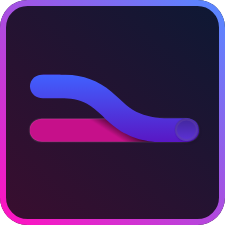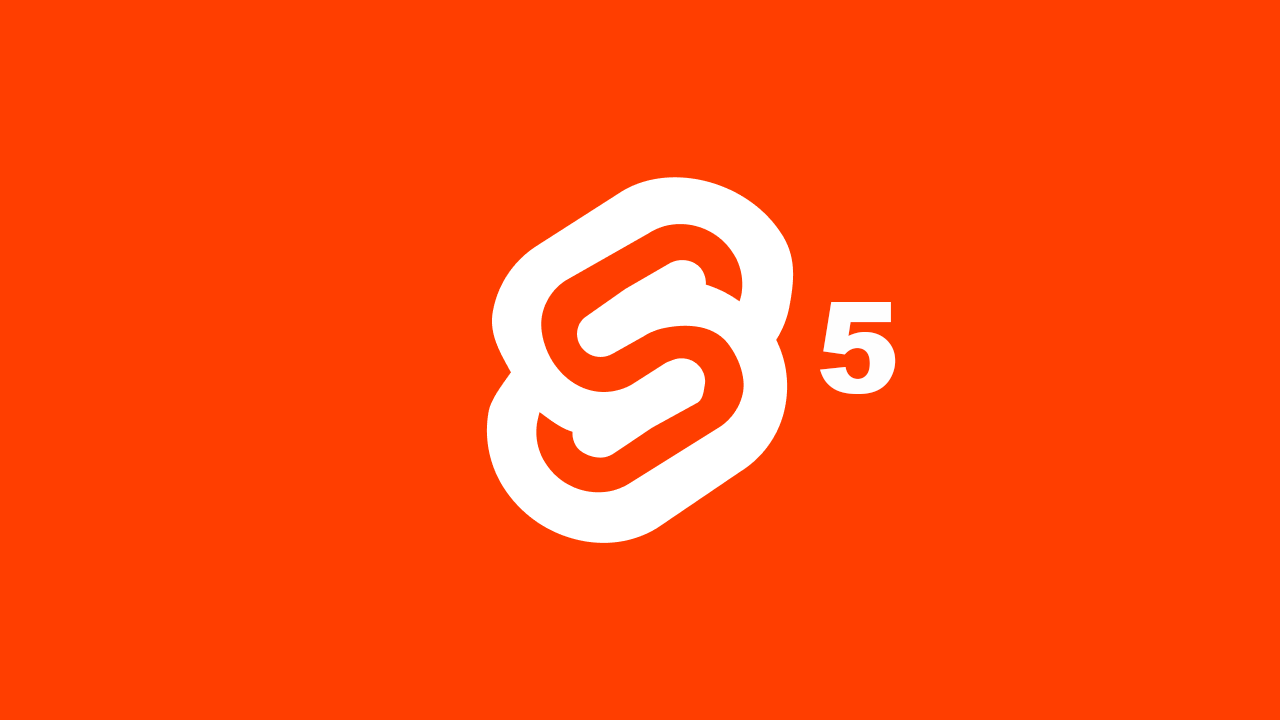Online Teammate Tracking
Collaboration is at the heart of every successful code review process. It's not just about checking each other's work—it’s also an opportunity to share insights, discuss best practices, and solve problems together. At GitContext, we’re committed to fostering a more cohesive and collaborative team environment.
What’s New:
- See Who’s Online: A new sidebar on the main screen now displays which teammates are currently online.
- Track Engagement: You can see at a glance which pull requests your teammates are reviewing, enhancing your ability to jump in and collaborate.
- Real-Time Presence Indicators: On the pull request detail view, each participant’s avatar lights up with a green indicator when they are online, making it easier to know who’s available for immediate feedback.
With these updates, conducting a code review in GitContext is now more like having a real-time conversation. We’re only starting to scratch the surface of real-time collaboration we’re looking to bring to the code review process - stay tuned for more!




